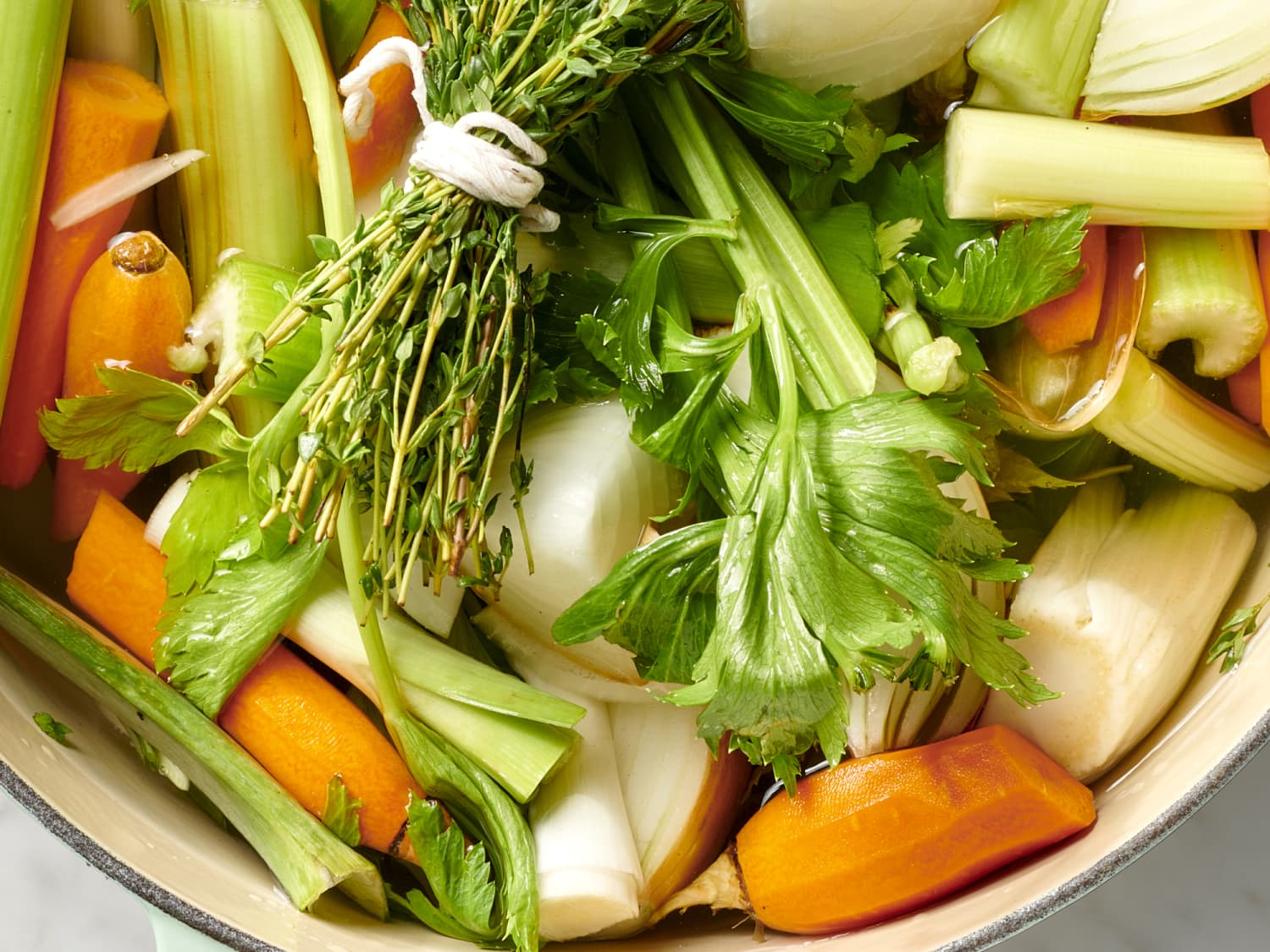When it comes to cooking, the magic often happens in the details—like the rich depth of a homemade sauce, the comforting warmth of a well-made stock, or the fresh zing of a vibrant dressing. These kitchen essentials can transform even simple dishes into memorable meals. Learning to make sauces, stocks, and dressings from scratch not only boosts your cooking skills but also allows you to control flavors, ingredients, and nutrition. Ready to elevate your culinary game? Here's a beginner-friendly guide to get you started.
Why Make Them from Scratch?
Store-bought sauces and dressings often contain preservatives, added sugars, and artificial flavors. Homemade versions, on the other hand, are fresher, healthier, and customizable. Plus, stocks made from scratch turn leftover bones and vegetable scraps into a nutrient-rich base for soups, stews, and risottos.
Making Stocks: The Heart of Many Dishes
What is stock?
Stock is a flavorful liquid made by simmering bones, meat, vegetables, and herbs. It serves as the foundation for soups, sauces, and braises.
Basic Steps:
-
Choose your base: chicken, beef, vegetable, or fish bones
-
Add aromatics: onions, carrots, celery, garlic, herbs (thyme, bay leaves)
-
Simmer low and slow: gently simmer for several hours (4-6 hours for meat stocks, 30-60 minutes for vegetable stock)
-
Strain and cool: remove solids and store in the fridge or freezer
Tips: Roast bones beforehand for deeper flavor. Avoid boiling vigorously to keep the stock clear.
Mastering Classic Sauces
Sauces add moisture, flavor, and richness to dishes. Here are three basics:
1. Bechamel (White Sauce)
A creamy sauce made with butter, flour, and milk. Perfect for lasagna, mac and cheese, or creamy veggies.
-
Melt butter, whisk in flour to form a roux
-
Slowly add milk, whisking constantly until thickened
-
Season with salt, pepper, and nutmeg
2. Tomato Sauce
Simple and versatile, made with fresh or canned tomatoes, garlic, onions, and herbs.
-
Sauté onions and garlic
-
Add tomatoes and herbs (basil, oregano)
-
Simmer until thick and flavorful
3. Pan Sauce
Quick sauces made from the browned bits left in a pan after cooking meat.
-
Deglaze pan with wine, broth, or vinegar
-
Add aromatics and reduce
-
Finish with butter or cream for richness
Fresh Dressings to Brighten Your Salads
Dressings can make or break a salad. Here's a classic vinaigrette to try:
Basic Vinaigrette Recipe:
-
3 parts olive oil
-
1 part vinegar (balsamic, red wine, apple cider) or lemon juice
-
Salt and pepper to taste
-
Optional: Dijon mustard, honey, minced garlic
Whisk all ingredients together until emulsified. Adjust acidity and sweetness to your liking.
Final Tips for Success
-
Use fresh, high-quality ingredients for the best flavor.
-
Taste and adjust seasoning as you go.
-
Don't rush stocks—low and slow is key.
-
Experiment with herbs and spices to create your own signature sauces and dressings.
Mastering sauces, stocks, and dressings empowers you to cook with confidence and creativity. Next time you prepare a meal, try making these essentials from scratch—you’ll taste the difference and impress anyone at your table!
Happy cooking!

Comments
Post a Comment